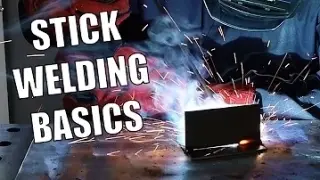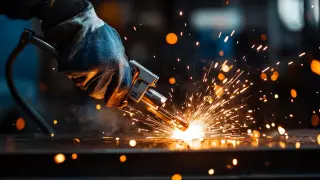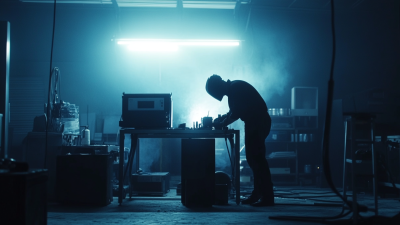Among various welding processes, SMAW or Stick Welding finds its own place for being one of the most flexible and widely used processes. Its simplicity combined with the positive aspects of welding gives such a technique an edge wherein a consumable electrode coated with flux generates strong and permanent metallic bondages. With the industry being very evolutionary, understanding the real-life applications and best practices will continuously be a growing concern for any professional who will want to improve productivity and ensure quality on the job using Smaw Stick Welding. This blog seeks to discuss certain potentials Smaw Stick Welding possesses for different applications in different industries ranging from construction to automotive manufacturing.
Here at TAIZHOU YIKE MACHINERY CO., LTD, we place a great deal of emphasis on quality in welding equipment. Our company has its base in Xiayangzhang, Daxi Town, Wenling City, Zhejiang 317000, China. It manufactures various types of high-quality inverter welding machines at reasonable prices. Due to our proximity to the major transportation facilities which include Taizhou Airport and Ningbo and Shanghai ports, we are well placed to meet local and worldwide customer requirements. Another interesting twist to this blog is that we will marry welding knowledge with a view into Smaw Stick Welding in order to add value for anyone trying to discover the full potential of this very important welding technique.
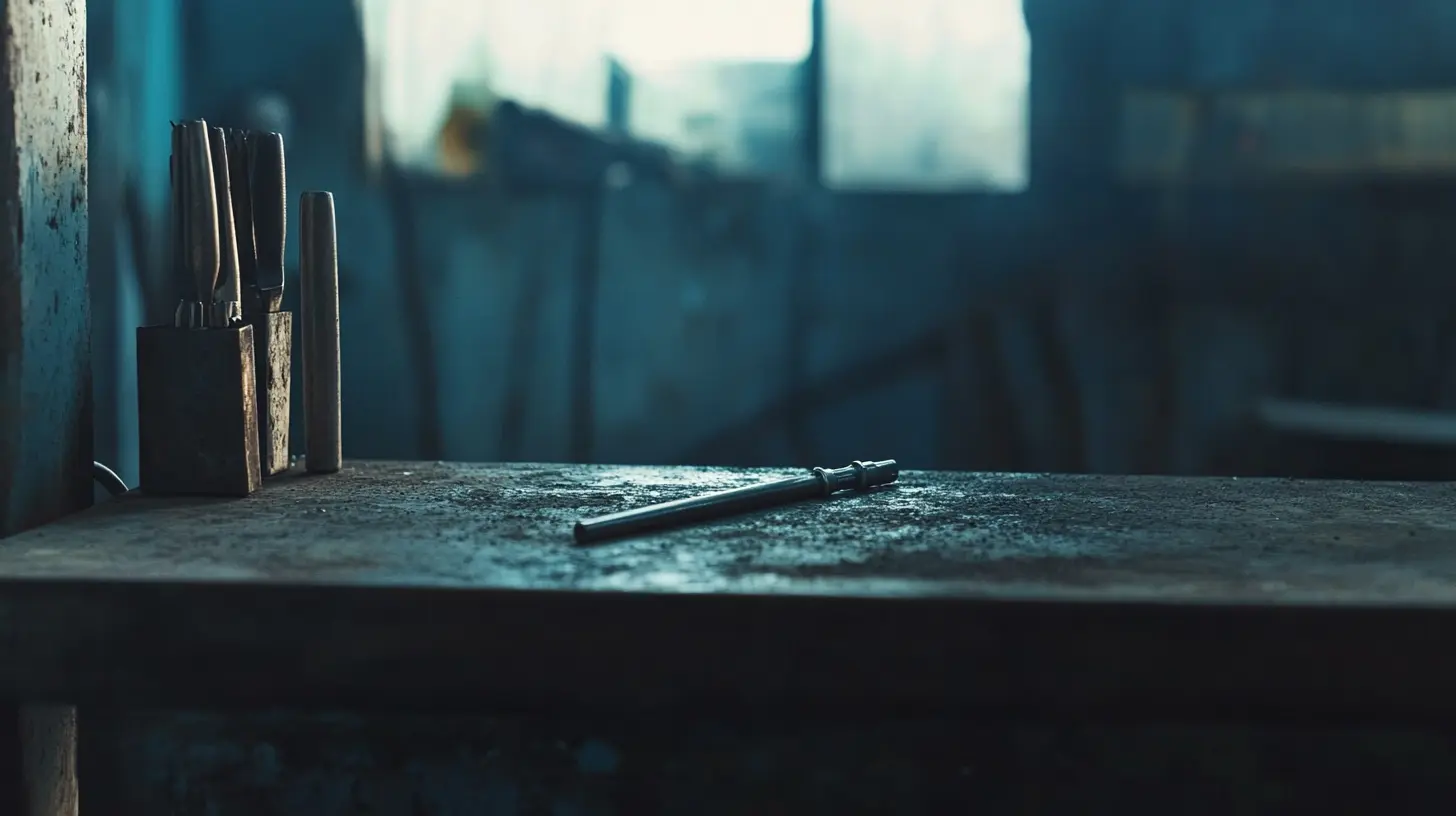
One of the most important welding processes for welding types is SMAW (Shielded Metal Arc Welding), or stick welding. It is essential for anyone who wants to use it in practice to understand the principles of the process. Simply put, SMAW involves making an electric arc between the coated electrode and the workpiece and melting both to form a joint. Its most valuable point is, of course, general applicability which is the application for a wide range of materials and thicknesses-from thin sheet to heavyweight structural component. Advancements of late, especially on the welding materials under consideration, have shown that SMAW technology continues to evolve. New high-performance electrodes suitable for severe applications have been developed that improve the strength and durability of welding for bettered efficiency in the process. In demanding fields, such as power generation and building the infrastructure, the ability to employ stiff welding materials gives these workers an edge in undertaking tough projects with soundness. Developments in this field are evidence of an ongoing challenge to remain abreast of modern happenings to optimize welding practice. Again, increased demand for professional welders is an indication for the better parts of SMAW training programs. Every time industries grow, so does the need for welders, and sometimes contractors will raise entry qualifications. These factors cause changes in the workforce balance. To put it plainly, the welding community must rise to the challenge and ensure that the next generations of welders are equipped with the knowledge and techniques needed to thrive in this forum.
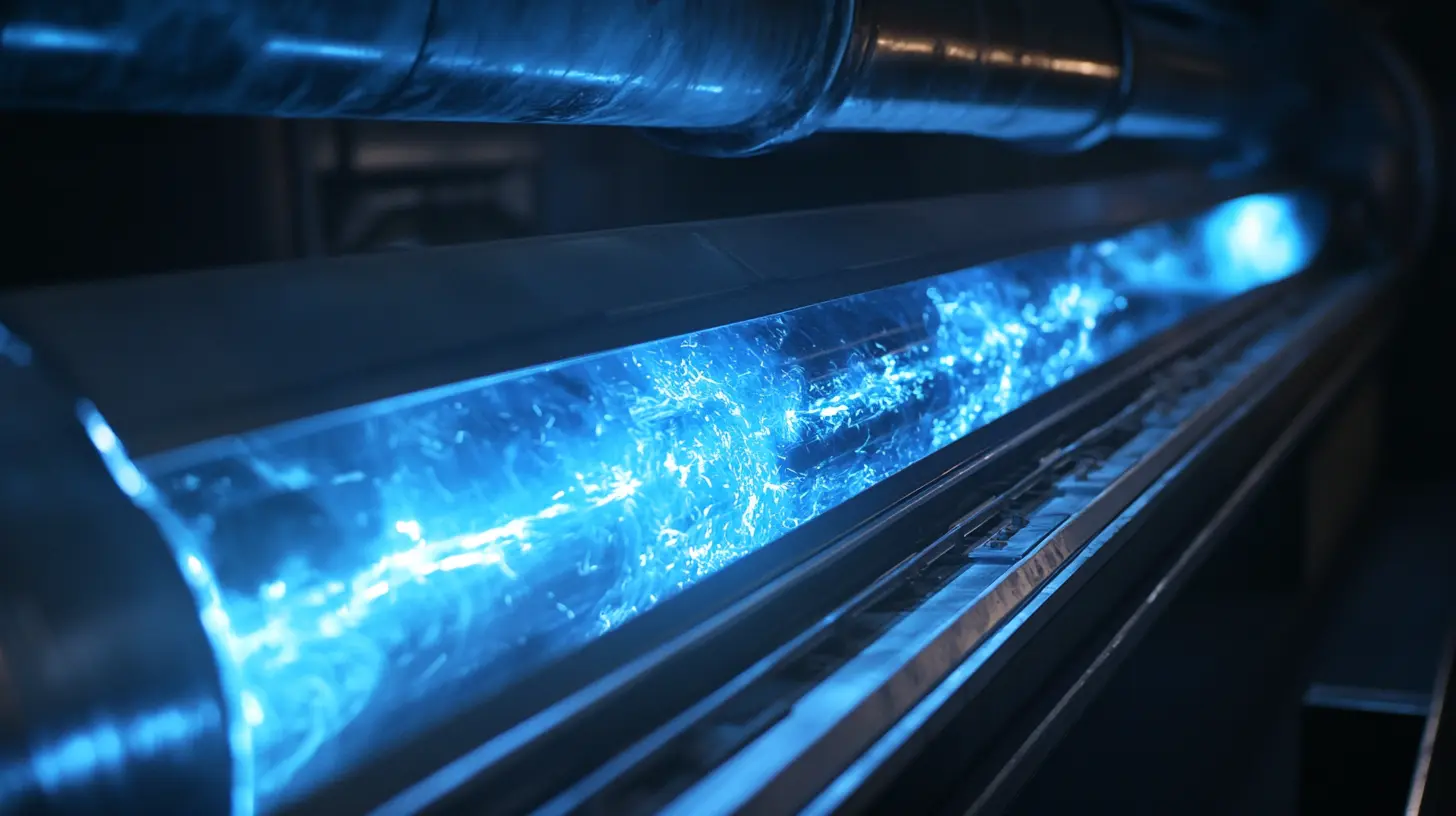
The best branded welding welding is SMAW process-welding now a home for both small personal enterprises and larger corporations. In areas such as manufacturing, information from the International Welding Institute shows that this process has indeed turned into the hog prize, with well over 50% of all global workshop welding being carried out with SMAW. The immense capabilities of this welding actually not only yield a good weld but allow a lot of control and flexibility, especially where much movement and speed are required.
In fact, today, SMAW is the rock-solid procedure used for pipeline and structural welding. Such a system is beneficiary during crucial times like extreme conditions when there's a report from the American Welding Society showing that the energy sector harnessed SMAW to the maximum level. Moreover, in recent days, the innovative IoT and big data analytics have enabled organizations to monitor welding and related processes in real-time; thus, improving the quality of control being exercised as well as operational efficiency.
As industries continue to evolve, the integration of SMAW into cloud computing solutions and machine learning will eventually put an end to such traditional practices. Usually, using predictive analytics applications with big data analytics would allow many/major companies to forecast the need for equipment maintenance management better and optimize work processes to stretch what is possible with SMAW. In fact, being reported by large manufacturers using these technologies now, welding defects can be reduced up to 30%, which is too clear of a competitive advantage.
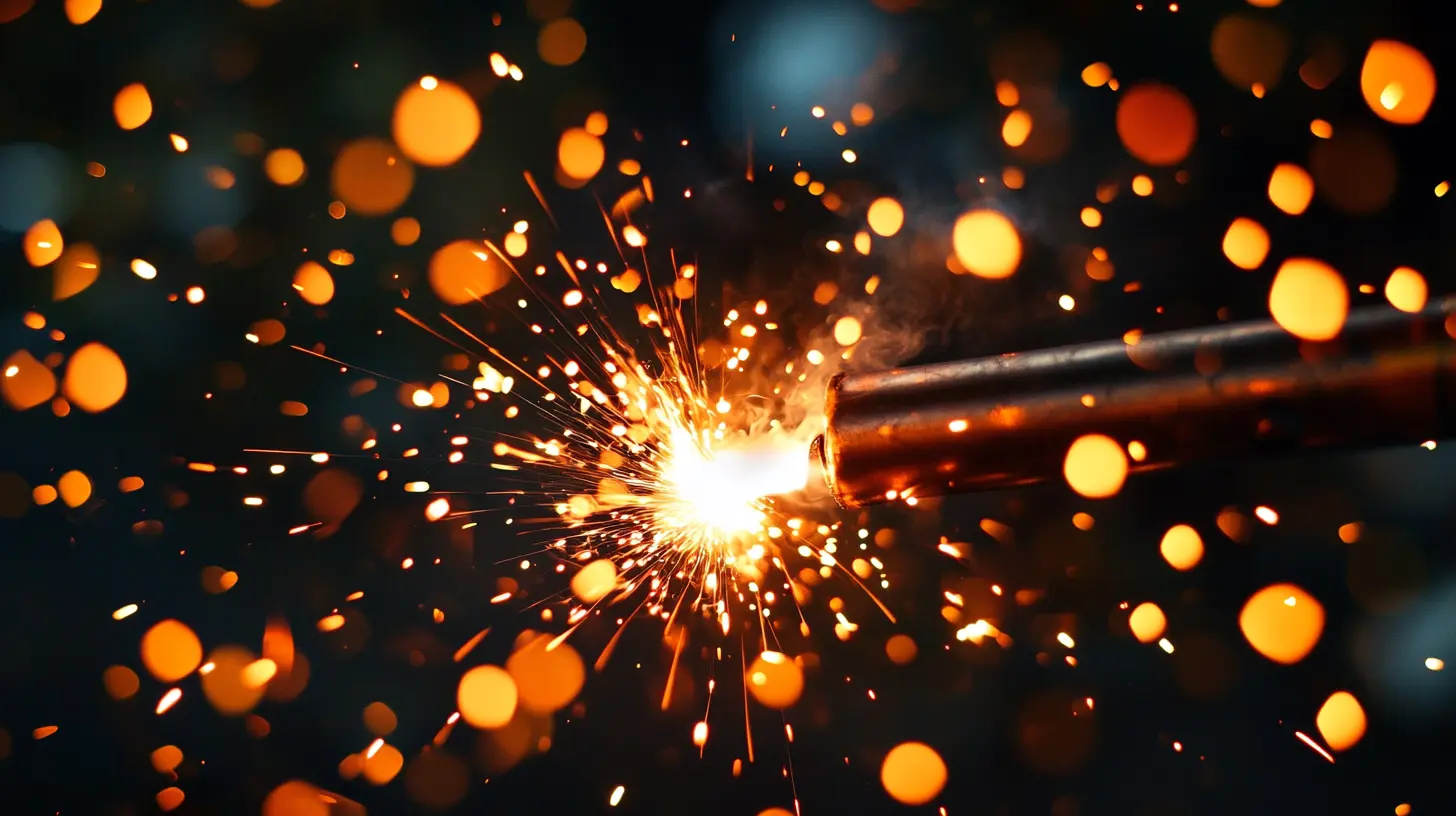
SMAW is one of the strongest welding processes, which has some unique advantages leading to its preference in industry. SMAW's major advantage over some welding procedures like GTAW or flux-cored welding is its versatility. SMAW can be used in various conditions, especially outdoor jobs, where windy or poor weather can prove an obstacle for other welding techniques. This makes SMAW ideal for industries like construction, shipbuilding, and metalworking.
Cost-effectiveness is another substantial advantage enjoyed by SMAW. Basically, SMAW equipment consists of simpler and usually cheaper equipment than that of many other welding processes. This works especially well for small to medium enterprises, which want to stay productive without putting huge investments into equipment. Meanwhile, new technology for multiprocess welding machines is further enhancing the efficiency of SMAW, enabling welders to minimize time spent working while increasing end results. New stick electrode formulations designed for SMAW combine high productivity with low fabrication costs, making this process attractive for pipeline construction and projects.
SMAW is also appealing for its decent learning curve characteristics. Although many say it takes a long time to become a proficient SMAW welder, the skills acquired during SMAW practice give a welder some working skills that can be transferred to other processes in the welding field. With industrial changes, constant improvements being introduced into SMAW processes ensure that SMAW will always have a stake in the welding arena.

Stick welding, or Shielded Metal Arc Welding (SMAW), is celebrated for its versatility and efficiency in various industrial applications. However, the role of safety precautions in SMAW cannot be overemphasized, even though it is abundantly practiced. An estimated 52,000 injuries caused by welding operations occur in the United States alone every year, according to the American National Standards Institute (ANSI). Thus arises the necessity for stringent measures for safety during welding processes.
Basic safety practices include personal protective equipment (PPE). Welders ought to wear flame-resistant garments, gloves, and protective helmets to protect from sparks, UV rays, and potential burns. NIOSH points to the fact that proper PPE could decrease the incidence of injuries by 80% or even more. Further, good ventilation in the workplace minimizes exposure to harmful fumes, for OSHA guidelines suggest welders know the materials they are working with in order to avoid inhalation hazards.
Another basic safety practice involves proper handling and maintenance of equipment. Checking the welding machine, cables, and electrodes regularly can help prevent malfunctions that can lead to accidents. AWS recommends the use of a scheduled maintenance program to see that safety requirements are met by all types of equipment, thus minimizing the chance of occurrences involving electrical shocks or fires. Another practice of ensuring safety at the job site would be preventing fire hazards by removing combustible materials or by ensuring tools are properly grounded. By placing the utmost importance on these basic safety practices, the welders can use stick welding while keeping their health and safety as a priority.
SMAW (Shielded Metal Arc Welding) is one of the most important skills a welder wants to master for all possible applications. As of the American Welding Society, close to 60% of welding jobs involve SMAW, and its range seems to be endless, especially in construction and fabrication industries. Learning the techniques involved in mastering this welding process increases considerably the efficiency and output quality of a welder.
The length of the arc is one major thing to control. An optimal distances of the arc will ensure an arc stability; it causes a nice weld bead. A 2022 industry report by the Welding Research Council suggested that welders who maintained an arc length of about 1/16 to 1/8 inch managed to achieve a highly significant increase in penetration and overall weld strength. In addition to arc length, speed of travel and electrode angle must be mastered because they also affect weld quality. According to E2803 report, travel speed matched to consumption of the electrode prevents excess heat input and distortion, particularly for thinner workpieces.
Consistent stringer beads as compared to weave pattern would produce difference in weld properties. Stringer beads penetrate deeper while most of the time wove patterns cover better, especially in thick sections. Indeed, companies that empower their workers to be trained on such sophisticated techniques might witness improvement even by 30% in productivity and the reduction of defects above 20%, according to Grand View Research 2023 market analysis. This shows the importance of continuing education and development of skills in SMAW welding.
SMAW (Shielded Metal Arc Welding) is an immensely versatile welding process and is widely used. It has its share of challenges, though. For example, the welders often find it difficult to maintain consistent arc stability. Poor arc stability may arise due to different factors—like an improper electrode angle, inconsistent travel speed, and varying amperage values—all causing a bad-quality weld. Thus, to steady one's hand, welders should practice good techniques. Also, practicing in different positions and continuously changing settings of the machine with the material allows the welder to control the arc better to produce uniform weld beads.
Another major challenge is slag inclusion, which will weaken a weld and may eventually lead to structural failure. This often happens if the slag formed during welding is not cleaned thoroughly from the weld or if a welder moves too fast through the weld puddle. In order to decrease the probability of slag inclusions, the welder must ensure that the electrode angle is maintained, that the weld pool is allowed to stabilize, and then proceed. Cleaning procedures—including wire brushing the surfaces to be welded and/or grinding—should be instituted to ensure clean surfaces before starting a new weld.
Selection and handling of electrodes can also lead to problems, especially among beginners. Using the incorrect type of electrode on a given material can lead to lack of penetration and lack of bonding. Welders should educate themselves on the types of electrodes, classifications, and the materials for which they are intended. Electrode storage is equally important; they should be stored in a dry place to prevent moisture absorption, which can result in hydrogen-induced cracking in the weld. By being aware of these everyday challenges and adopting a few best techniques, welders can greatly improve their SMAW technique with good results.
A high-quality output on Shielded Metal Arc Welding (SMAW) projects is heavily influenced by the proper selection of tools and materials. All of these are, however, rooted in choosing the right welding machine. At this point, an inverter-type welder would be ideal due to its portability and efficiency, giving a stable arc and a variety of output that can be suitable for many applications. Know not only the former but also the amperage that you would require for your project; mostly, anywhere between 140 to 200 amps would suffice for the tasks that you want to undertake.
Aside from the welder, the correct electrodes will also help achieve the best quality of weld. Electrodes can be classified, but some of the commonest include the E6010 and E7018. E6010 is recommended for work involving deep penetration, such as for pipe welding, while E7018 is the choice for clean, smooth welds and versatility. It is also important that you understand the base materials you are working with as well as their suitable electrode coating for compatibility in strength before using the electrode. In addition to that, storage of electrodes in a controlled environment keeps the quality intact till their use.
So are protective gear and accessories very important. It is absolutely essential to have a good quality welding helmet with the correct shade, as well as a heavy glove in order to make your welding activity safer. Investing in a welding jacket, as well as proper ventilation equipment, is necessary; these are meant to protect a person from sparks and toxic fumes coming from the welding process. All these details, applied in equipment, materials, and even the latest techniques, unlock the potential in SMAW and deliver high-quality results.
Shielded metal arc welding is stick welding; this welding method has remained tried and true in the industry, given its versatility and effectiveness in several applications. Trends that are definitely going to change the future of this technique are surfacing. According to the Welding Equipment Manufacturers Association report, the world market for welding equipment will scale up to $23 billion by 2025 as technology advances and construction works rise around the globe.
Perhaps the most critical aspect of the future of SMAW is the merging with digital technologies. Automated processes combined with real-time monitoring systems are being implemented in improving precision and error reduction during the welding action. An industry analyst claims that stick welding through robotics will increase productivity by as much as 30 %, thus drawing attraction from industries in keen pursuit of optimization. Not only that: test results also show how smart sensors can improve the quality of welds while reducing defects, thus solving one of the greatest problems of manual welding practices.
In addition, research into new and better electrode materials and coatings would give performance and efficiency advances in SMAW operations. Alloy composition advancements are expected to cause better wear resistance along with improved heat resistance, which would lead to a wider range of applications for stick welding in severe environments such as off-shore and heavy industrial areas. The American Welding Society sees such innovations as being able to cut welding defects by 20%, with tremendous increases in the life of welds, consequently translating into significant competitive advantage among a variety of industries.
To be relevant in the future is not the ultimate goal of SMAW stick welding, for the many technologies yet to unfold will also improve this process to meet the growing industrial demand in terms of capability.
Inverter-type welders are often preferred for SMAW projects due to their portability, efficiency, and stable arc performance with a wide range of output settings.
Most SMAW tasks can be managed with a machine rated between 140 to 200 amps.
E6010 and E7018 are among the most popular electrodes. E6010 is ideal for deep penetration projects like pipe welding, while E7018 is valued for its versatility and ability to produce smooth and clean welds.
Electrodes should be stored in a controlled environment to maintain their quality before use.
A good quality helmet with appropriate shade, sturdy gloves, a welding jacket, and proper ventilation equipment are essential for safety during the welding process.
The integration of digital technologies, automated processes, and real-time monitoring systems are being developed to enhance precision and reduce errors in SMAW, with robotics increasing productivity by up to 30%.
New alloy compositions are being researched to improve wear resistance and heat tolerance, potentially reducing welding defects by 20% and extending the lifespan of welds.
Smart sensors can improve weld quality and reduce the likelihood of defects, addressing a significant challenge in manual welding practices.
The global welding equipment market is expected to reach $23 billion by 2025, driven by technological advancements and increased construction activities.
Innovations in materials and coatings are expected to enhance SMAW's performance and efficiency, expanding its applications in environments like offshore and heavy industrial settings.
